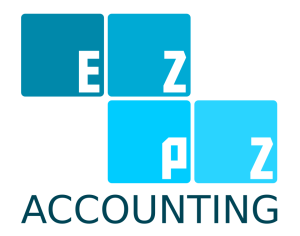An Overview of Cash Flow

Cash flow is one of the most important aspects of any business, especially start-ups. But even experienced businesses that don’t track their cash flow well may be surprised to find that they are losing money.
This article discusses cash flow and how it can help businesses to plan ahead so that they can have enough cash in the future.
What is a cash flow statement?
A cash flow statement is a list of the inflows and outflows of cash. This statement is a valuable report by any company or individual that is investing their own money. The statement shows how much cash is being brought in (inflows) and the sources of those inflows.
The cash outflows are listed and the sources of these outflows are also shown. The two sources are the business and the personal spending and saving. The cash flow statement is prepared in one period, you can also prepare a cash flow statement for a number of periods.
The cash flow statement is an important financial report for any company or individual who is investing their own money.
How to read a cash flow statement?
If you are new to the business world, it’s good to understand how cash flow statements work. Luckily, the fundamentals are simple.
Each statement has three key areas of information: income, expenses, and net income. Income is how much money you have made within a specific period of time.
Expenses are how much money you have spent in the same amount of time.
Net income is essentially the difference between income and expenses, and it is what you have leftover.
If your net income is positive and you have more money than you started with, you are in a good position. If your net income is negative and you have more expenses than income, you are in a bad spot.
The biggest takeaway is that you want your net income to be positive. Positive net income means that you are making money.
How to use a cash flow statement?
A cash flow statement is a financial statement that shows how much cash a company has generated and used over a specific period of time. It can be used to help a company predict its short-term financial needs and future cash flow.
To use a cash flow statement, a company first needs to generate a statement of cash flows. This can be done using information from the company’s income statement, balance sheet, and statement of changes in equity. The company then needs to categorize the cash flow into three types: cash from operating activities, cash from investing activities, and cash from financing activities.
Cash from operating activities is generated from the company’s normal business activities, such as selling goods or services.
Cash from investing activities is generated from buying and selling assets, such as property or investments. Cash from financing activities is generated from borrowing money or repaying debt.
Once the cash flow is categorized, it can be used to help the company make informed decisions about its short-term financial needs.
For example, if the company’s cash from operating activities is negative, it may need to generate more cash from sales or borrow money to cover its expenses.
Alternatively, if the company’s cash from investing activities is positive, it may have more money to invest in new assets or expand its business.
A cash flow statement can also help a company predict its future cash flow. By analyzing the cash flow from operating activities, investing activities, and financing activities, a company can get a sense for how much cash it will have in the future and when it will need to cover its expenses.
However, a cash flow statement should not be used to track a company’s overall financial health. For that, the company should use an income statement and balance sheet.
Limitations of a cash flow statement
A cash flow statement has a number of limitations.
The first limitation of a cash flow statement is that it does not show all of a company’s financial position. The statement does not show a company’s assets or liabilities, which can give a more complete picture of a company’s overall financial health.
A cash flow statement also does not show a company’s profitability. The statement shows a company’s ability to generate cash, but not whether or not that cash is being generated from profitable activities.
Another limitation of a cash flow statement is that it does not show a company’s future cash flow prospects. The statement only shows information for a specific period of time, which may not be indicative of the company’s future cash flow.
A cash flow statement is an important financial statement, but it has a number of limitations. Companies should be aware of these limitations when interpreting the statement.
